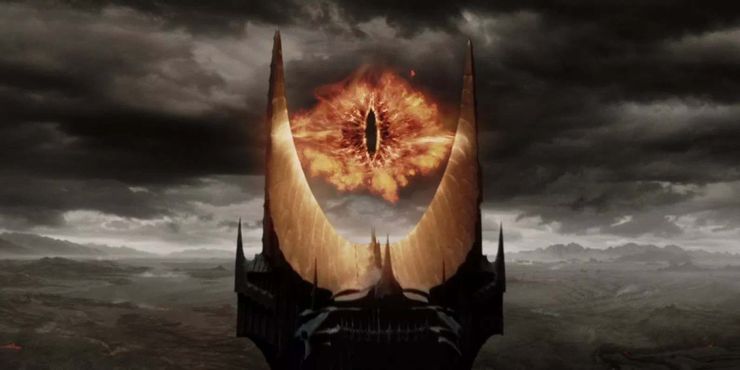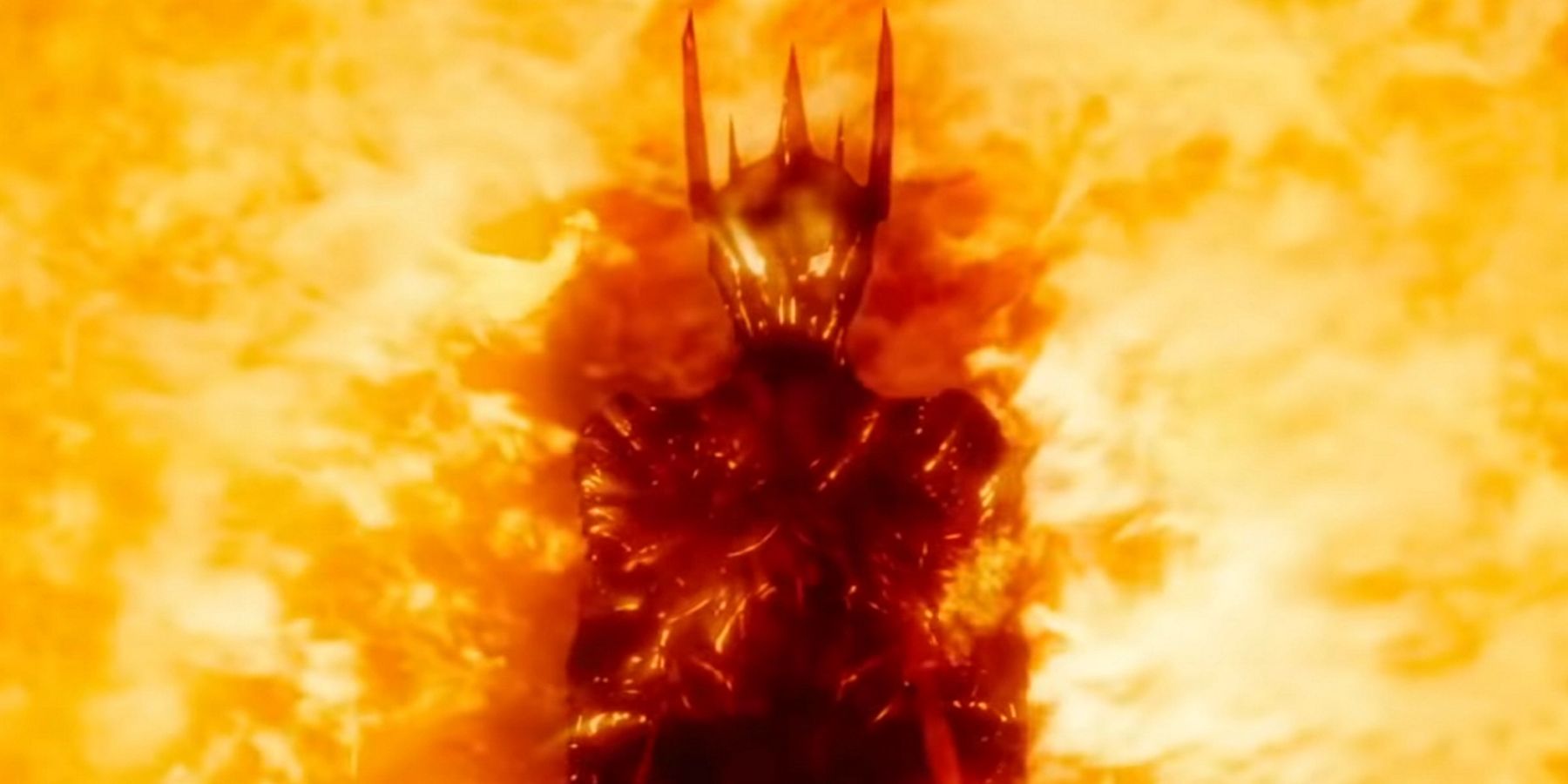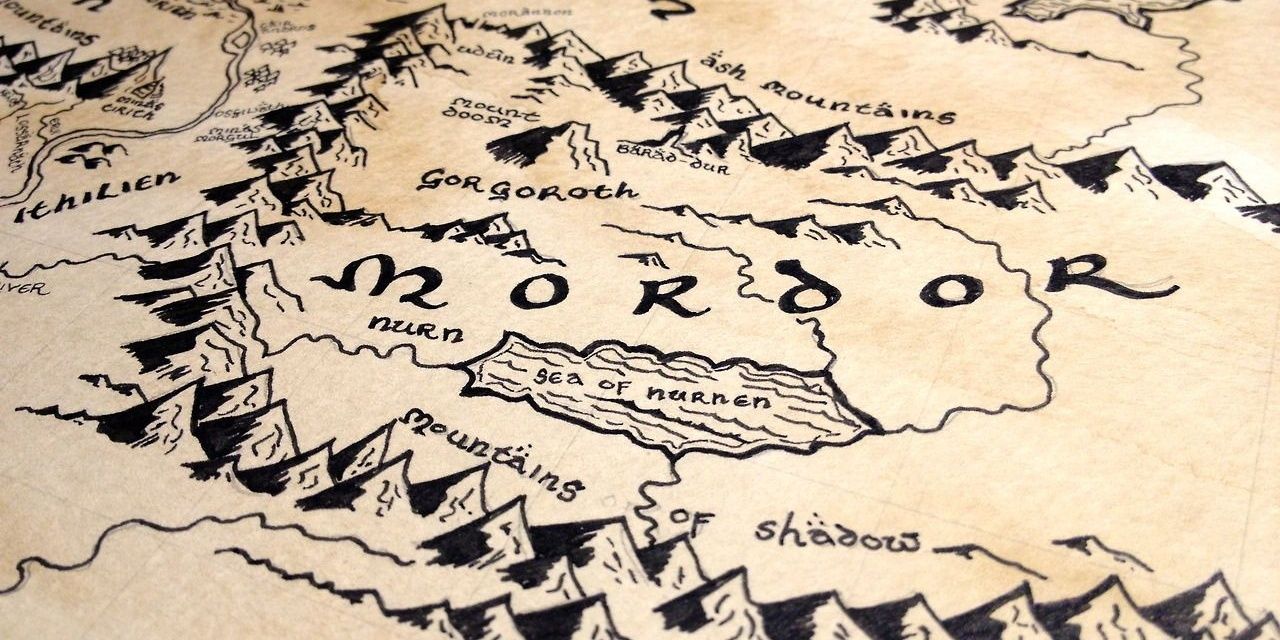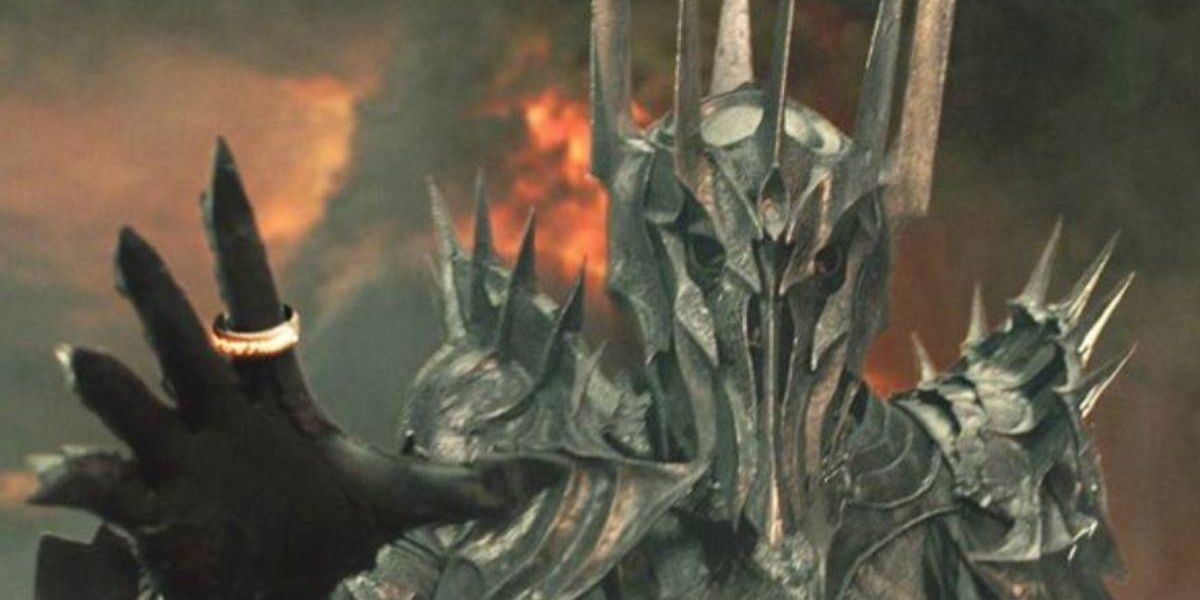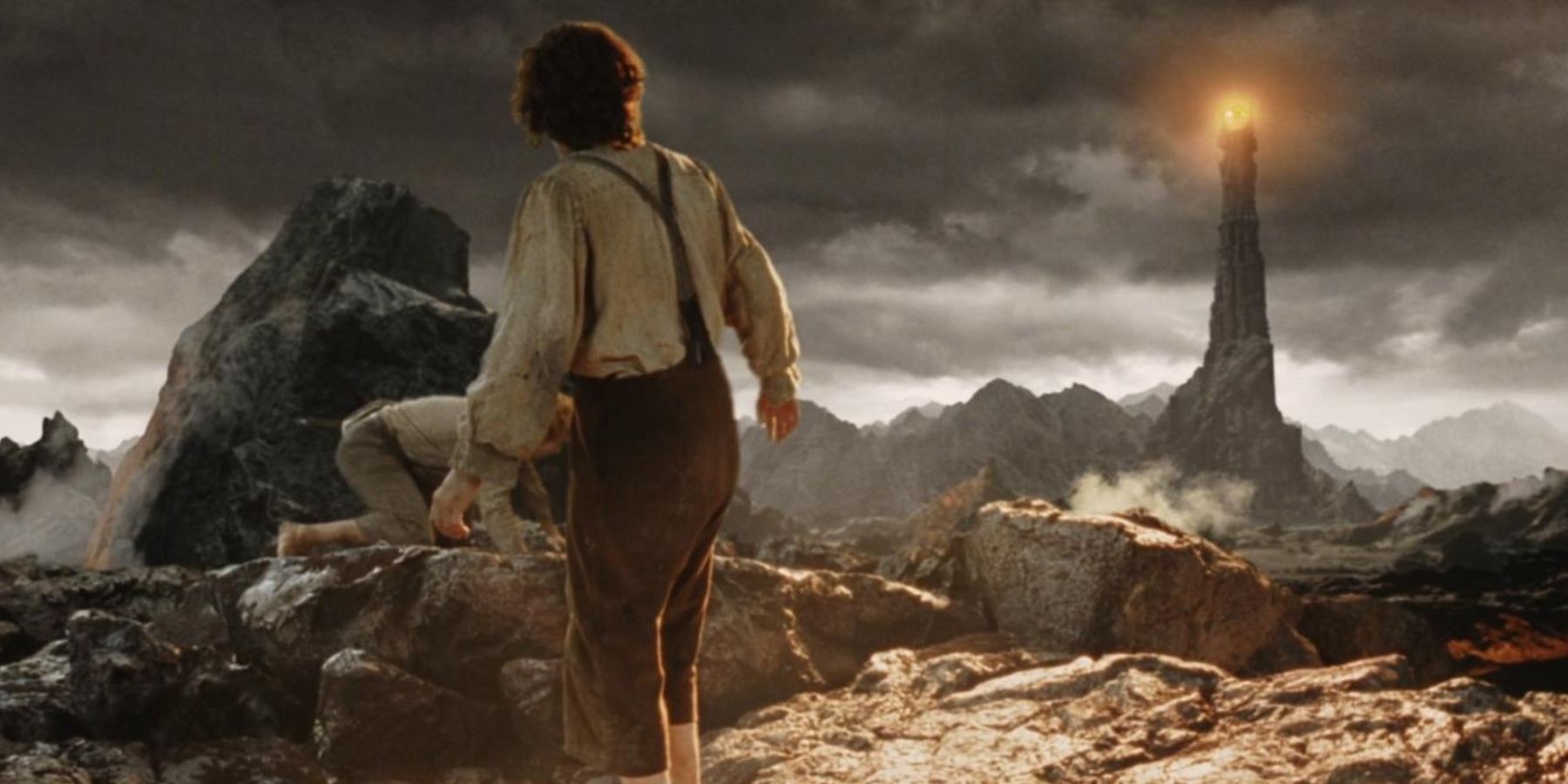A lot of fantasy stories have a den of evil, some location that the characters travel to where all of the baddies and dark magic resides. It's a good way to separate that evil from the good of the rest of the fantasy world, and it provides a sort of end goal for the characters to work towards. Not only do they usually have to venture into this area to complete their mission, but getting there in the first place often requires that they build their skill set and get stronger and more confident in their abilities, so it also allows for some character development.
Mordor in The Lord of the Rings is obviously one of the prime examples of this, and was likely the blueprint for a lot of fantasy that came afterward (as are many other elements of the LOTR books). Mordor is Sauron's headquarters, and it's where most of the evil in Middle-earth comes from. But was this part of the land always so corrupted? What makes that specific part of Middle-earth so perfect for Sauron's dwelling, and why does it stand out so much from the rest of the world's landscapes?
Mordor's Creation
There is a theory that Mordor's formation was a result of the devastation that Morgoth brought to the land, and its landscape was formed by huge volcanic eruptions, but there is not a lot of evidence to support this. The more accurate picture of things is likely that this area of Middle-earth used to be covered by water and was once the Sea of Helcar, but during the First Age when the shape of the world was changed by the Valar, the water disappeared. However, the mountains were left behind as they were a result of underwater volcanic activity (so the volcano portion of the earlier theory still comes into play). There were not many inhabitants of this part of the world, save for Shelob and her ancestors...that is, until Sauron came along.
Sauron's Headquarters
Sauron settled in Mordor 1000 years after the end of the First Age, and it essentially remained in his power and as his base of operations until the Third Age when he is finally defeated in The Return of the King. He chose Mordor as the best location to build his power because of its natural geography - the mountain ranges surrounding the land on three sides provided a perfect fortress against his enemies. The Northwest corner of the mountain ranges had the valley of Udûn, which was the only place large enough for any opposing armies to enter, so Sauron built the Black Gate of Mordor there.
Not only were the mountains a great protection against enemies, but the jagged landscape of Gorgoroth and Núrn would make it difficult for any army that did make it through the mountains to proceed. There were so few paths into Mordor and they were all heavily protected; in order to avoid Minas Morgul, one would have to get past the lair of Shelob and the Tower of Cirith Ungol, which is a task that only Frodo, Sam, and Gollum ever successfully completed.
Sauron's Rule Of Mordor
Sauron ruled in Mordor for two and a half thousand years using it as his stronghold the entire time. His power was great after forging the One Ring, and from Mordor he was able to launch his attack on the Elves of Eregion, though he was repelled by Númenor. He even tried to attack Númenor specifically later on, but they were too powerful and were able to capture and imprison him in their island kingdom (which, unfortunately, led to its destruction). After this, Sauron returned to Mordor as a spirit and continued his rule, though it was again interrupted when he failed to destory Gondor. The Last Alliance of Elves and Men was formed to oppose him, and they eventually succeeded in defeating him in their final battle at Mount Doom.
For close to two thousand years, Mordor was guarded by Gondor to prevent any other evil force from taking it over, with the Towers of the Teeth, Durthang, and the Tower of Cirith Ungol being built to protect all of the major entry points into that part of the land. However, after the Great Plague in TA 1636, this protection began to weaken and evil returned to Mordor once again. The Nazgûl re-entered in TA 1980 and began to strengthen the force of Mordor, conquering Minas Ithil and reoccupying all of Gondor's abandoned fortresses. Sauron returned to Mordor after his false defeat at Dol Goldur, which took place during The Hobbit, and by then Mordor was strong once again, too strong for any other army to take it over.
The War of the Ring
This is the part of the story that is much more well-known. During the time period of the Lord of the Rings, Sauron had drawn all of his armies back to Mordor. After the Battle of the Pelennor Fields, the Army of the West (the name for the forces of good made up of men from Gondor and Rohan, led by Aragorn and Eomer) advanced on the Black Gate, and Sauron sent his own army to stop them. In the films, this is the incredibly climactic "For Frodo" moment, where the protagonists take a final stand against Sauron's forces of evil.
Of course, before his army can wipe them out, the Ring is destroyed and Mordor falls, and not a moment too soon. Sauron's power being obliterated sent a shockwave through the land causing the Tower of Barad-dûr and the Black Gate to collapse, while Mount Doom erupted and Sauron and his powers (including the Ringwraiths) were destroyed for good. Aragorn then led an army to finish off the rest of the Orc holds that remained within Mordor, ridding Middle-earth of the evil that had plagued the land for centuries.

